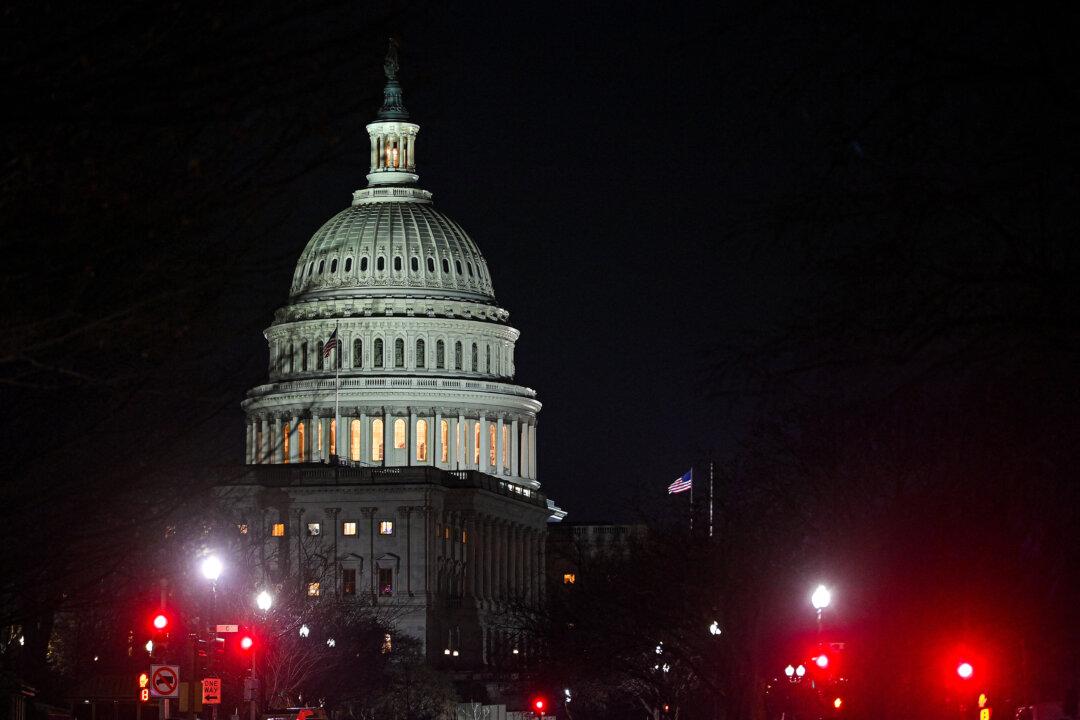U.S. gasoline prices have risen to a new seven-year high, according to new data from AAA, as elevated crude prices and an uptick in gasoline demand put upward pressure on prices at the pump.
As of Nov. 8, the national average price for a gallon of regular gasoline in the United States rose to a seven-year high of $3.422, up slightly from the previous day’s average of $3.421 and two cents from the week-ago average of $3.402, according to AAA.
Last week, gasoline demand rose to 9.5 million barrels per day from 9.32 million barrels per day, AAA stated, citing recent data from the Energy Information Administration (EIA).
A separate analysis from Lundberg Survey found that the average price for regular-grade gasoline in the United States jumped by 5 cents over the past two weeks to $3.49 per gallon, about $1.30 higher than a year ago.
“I’m not anticipating that OPEC would respond, that Russia and/or Saudi Arabia would respond,” Biden said. “They’re gonna pump some more oil. Whether they pump enough oil is a different thing.”
The president also said “there are other tools in the arsenal that we have” to get “more energy in the pipeline,” although he didn’t provide more details, except that the administration is “dealing with other countries” and that he would discuss the matter further “at an appropriate time.”
The Biden administration’s chief plan to ease surging gasoline prices was to persuade OPEC-plus to agree to boost production more sharply to reduce the supply crunch, but thus far, that plan has failed.
Energy Secretary Jennifer Granholm was asked in a Nov. 7 interview on CNN whether she anticipated average national gasoline prices to break the $4 per gallon mark, in light of the fact that some analysts, including those at Bank of America, are predicting crude oil prices to rise to around $120 per barrel in 2022.
“We certainly hope not,” Granholm said. “The president is all over this. Every president is frustrated because they can’t control the price of gasoline because it’s a global market.
“He can call upon increased supply, which he has done, and OPEC is, unfortunately, controlling the agenda with respect to oil prices. OPEC is a cartel and it controls over 50 percent of the supply of gasoline.”
Republicans have criticized the Biden administration for relying on OPEC-plus to deal with rising gas prices, rather than boosting domestic oil production.
After taking office in January, Biden signed executive orders that shut down construction of the Keystone XL pipeline, which would have been able to transport oil into the United States from oilfields in Alberta, Canada. The administration also put a freeze on some new drilling sites.





